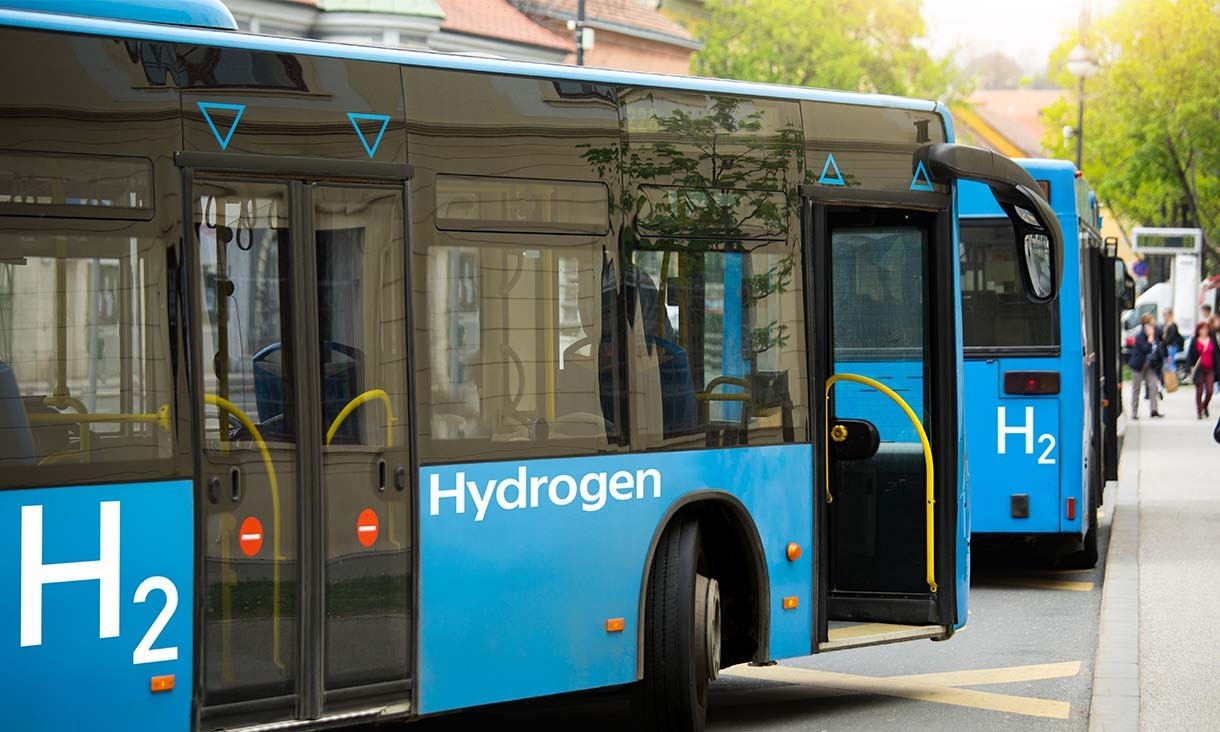Melbourne engineers have utilized sound waves to increase the production of green hydrogen by 14 times with electrolysis.

The team's invention offers a promising way to tap into a plentiful supply of cheap hydrogen fuel for transportation and other sectors, which could radically reduce carbon emissions and help fight climate change. Image Credit: Adobe Stock
They state that their invention provides an encouraging method to tap into an ample supply of inexpensive hydrogen fuel for transportation and other sectors. This could radically decrease carbon emissions and help combat climate change.
By making use of high-frequency vibrations to “divide and conquer” individual water molecules at the time of electrolysis, the research group managed to split the water molecules to discharge 14 times more hydrogen than the standard electrolysis methods.
Electrolysis generates green hydrogen, constituting just a small fraction of global hydrogen production.
The majority of the hydrogen has been produced from splitting natural gas, called blue hydrogen, which discharges greenhouse gases into the air.
Associate Professor Amgad Rezk from RMIT University, who headed the work, stated that the innovation solves big difficulties for green hydrogen production.
One of the main challenges of electrolysis is the high cost of electrode materials used, such as platinum or iridium. With sound waves making it much easier to extract hydrogen from water, it eliminates the need to use corrosive electrolytes and expensive electrodes such as platinum or iridium. As water is not a corrosive electrolyte, we can use much cheaper electrode materials such as silver.
Amgad Rezk, Associate Professor, Royal Melbourne Institute of Technology University
Rezk stated that the potential to utilize affordable electrode materials and prevent the use of highly corrosive electrolytes is considered to be game-changing for reducing the costs of producing green hydrogen.
The study has been reported in the journal Advanced Energy Materials. An Australian provisional patent application has been registered to safeguard the new technology.
The first author of the study, Yemima Ehrnst, stated that the sound waves also avoided the build-up of oxygen and hydrogen bubbles present on the electrodes. This greatly enhanced its stability and conductivity.
Electrode materials used in electrolysis suffer from hydrogen and oxygen gas build-up, forming a gas layer that minimizes the electrodes’ activity and significantly reduces its performance.
Yemima Ehrnst, PhD Researcher and Study First Author, School of Engineering, Royal Melbourne Institute of Technology University
As a part of their experiments, the research group quantified the amount of hydrogen produced via electrolysis with and without sound waves that came from the electrical output.
The electrical output of the electrolysis with sound waves was about 14 times greater than electrolysis without them, for a given input voltage. This was equivalent to the amount of hydrogen produced.
Yemima Ehrnst, PhD Researcher and Study First Author, School of Engineering, Royal Melbourne Institute of Technology University
The Potential Applications of the Team’s Work
Distinguished Professor Leslie Yeo, who is one of the lead researchers, stated that the new discovery of the group sets the stage to use this new acoustic platform for other applications. This can be done particularly where bubble build-up on the electrodes is a difficulty.
“Our ability to suppress bubble build-up on the electrodes and rapidly remove them through high-frequency vibrations represents a major advance for electrode conductivity and stability. With our method, we can potentially improve the conversion efficiency leading to a net-positive energy saving of 27%,” stated Yeo from RMIT’s School of Engineering.
Next Steps
While the innovation seems to be useful, the research group needs to overcome limitations by combining the sound-wave innovation with present electrolyzers to extend the work.
“We are keen to collaborate with industry partners to boost and complement their existing electrolyzer technology and integrate into existing processes and systems,” Stated Yeo.
The study’s co-authors are Yemima Ehrnst, Amgad Rezk, and Leslie Yeo from RMIT, and Peter Sherrell from the University of Melbourne.
Journal Reference:
Ehrnst, Y., et al. (2022) Acoustically-Induced Water Frustration for Enhanced Hydrogen Evolution Reaction in Neutral Electrolytes. Advanced Energy Materials. doi.org/10.1002/aenm.202203164.